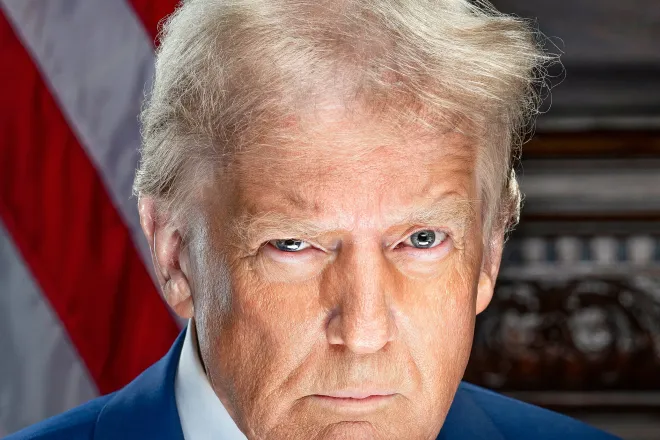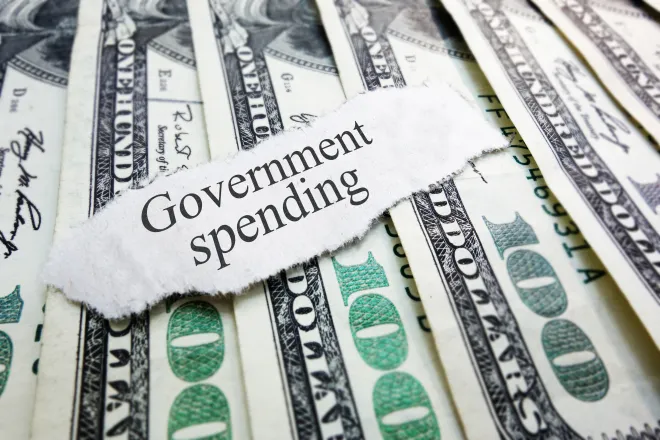
Bill would flow more funds to salty Colorado River
(Utah News Dispatch) The Colorado River has a salt problem.
According to Utah Republican Representative John Curtis, it can damage tourist hotbeds, limit available drinking water and harm agricultural yields along the river that sustains seven Western states and nearly 40 million people.
“This causes environmental damages and hundreds of millions of dollars in economic losses each year for water users,” Curtis said during a House Natural Resources Subcommittee on Water, Wildlife and Fisheries last week, where the Utah Republican touted his new bill that would bolster the country’s Salinity Control Program.

Curtis’ bill — Colorado River Salinity Control Fix Act — would increase federal funding for the existing Salinity Control Program, which according to his office would help implement solutions and foster partnerships.
That program, Curtis said, has been in place for nearly 50 years and has successfully reduced salinity levels in the Colorado River and its tributaries.
Most of the salinity in the river basin comes from existing rock formations. Precipitation breaks down the salts, carrying them into streams and eventually the Colorado River. Higher salinity levels limit what crops farmers can grow, reduces crop yields, damages riparian areas and harms the aquatic ecosystem of the river.
That’s why in 1974, Congress passed the Colorado River Basin Salinity Control Act, directing the U.S. Department of Interior to create a salinity control program for the entire Colorado River basin. Now, Curtis says budgetary issues coupled with declining flows in the river require changes to the act — specifically, increasing what the feds chip in for salinity reducing projects.
If Congress doesn’t pass the law, executive director of the Colorado River Basin Salinity Control Forum Don Barnett said that spells “disaster” for the basin.

© iStock - ventdusud
The Bureau of Reclamation is required to cost share with Colorado River basin states for salinity control, Barnett said. Now, because basin state funds are low, that puts the bureau in a bind.
“It puts in jeopardy the entire program,” Barnett said during the subcommittee meeting.
Despite tense, ongoing negotiations among the seven Colorado River basin states to scale back water use, Barnett said salinity control is the one thing everyone can agree on.
“There’s a lot of pressure and tension on the river; water quality itself has remained something that the states have worked unitedly on,” he said, pointing to a project on Colorado’s Dolores River. The Dolores River, which eventually feeds into the Colorado River near the Utah-Colorado border, has a stretch that deposits about 150,000 tons of salt into the basin each year.
“Bureau of Reclamation picks up that salt and injects it deep into the earth so it doesn’t come into the Colorado River,” Barnett said.
Curtis offered another example — the Pah Tempe Springs hot springs in Washington County are dumping about 109,000 tons of salt each year into the basin, which limits use in the county and poses challenges to water managers. The Washington County Water Conservancy District is partnering with the Bureau of Reclamation to reduce salinity, which Curtis said has “the potential to make hundreds of millions of gallons of water usable for activities in Utah that we love and rely on for grazing and recreation.”
Zach Renstrom, general manager of the Washington County Water Conservancy District, said the bill will improve efforts at the hot springs.
“If proven feasible, this project will add significant new supplies to our local water resources while removing an environmentally harmful toxin from the River,” Renstrom said in a statement.
Utah News Dispatch is part of States Newsroom, a nonprofit news network supported by grants and a coalition of donors as a 501c(3) public charity. Utah News Dispatch maintains editorial independence. Contact Editor McKenzie Romero for questions: info@utahnewsdispatch.com. Follow Utah News Dispatch on Facebook and Twitter.















